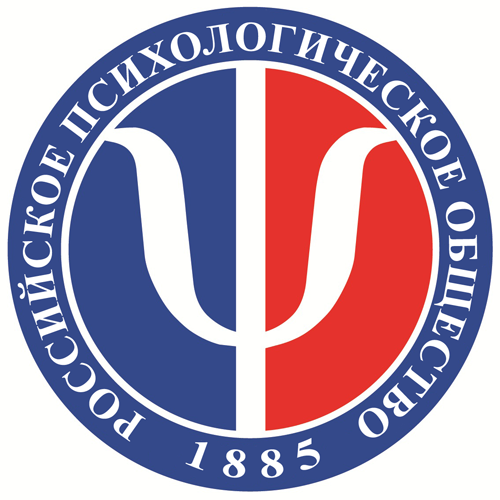ISSN: 2073-2635
eISSN: 2949-270X
eISSN: 2949-270X
Chief Analyst of the Laboratory of Scientific and Methodological Support of Children’s and Youth Associations and Communities
The authors’ approach to analyzing the institutional specifics of the children’s movement is justified by the current tasks of educating children and youth using the opportunities and conditions of a public children’s movement. To identify the specifics of the children’s movement as an educational institution, the authors, on the one hand, used the methods of sociokinetics to analyze the conceptual-categorical apparatus of a specific area of pedagogical knowledge. Sociokinetics was created by researchers of the children’s movement at the turn of the 20th and 21st centuries. On the other hand, the authors used the methods of extrapolation to the children’s movement as an educational space of the logic of a multi-subjective education strategy, which reflects the current state of the Russian educational space, characterized by a high formation of horizontal connections between all active subjects of educational activity. The characteristics of the institutional specifics of the children’s movement are presented in the research in five aspects based on the extrapolation of a model for describing educational potential, which includes five components: axiological, teleological, conceptual, methodological, and interactive. Consistently, the research describes the value content of the children’s movement, the goals of educational work, conceptual foundations, organizational and methodological aspects and interaction with other educational institutions. The analysis of the methodological aspect of the educational space of the children’s movement is presented through its specificity, clearly manifested in the instrumental design of the organization of the children’s movement activities. Among the various forms of children’s movement organization, the authors identified and analyzed the following four forms: meeting, romance, primary collective, and patronizing support, characterized by a unique structure and nature of interactions and formed in the pioneer organization, the successor of which is the movement of children and youth. The authors identify the main differences at the conceptual and methodological levels of the foundations of education in the children’s movement from other institutions


